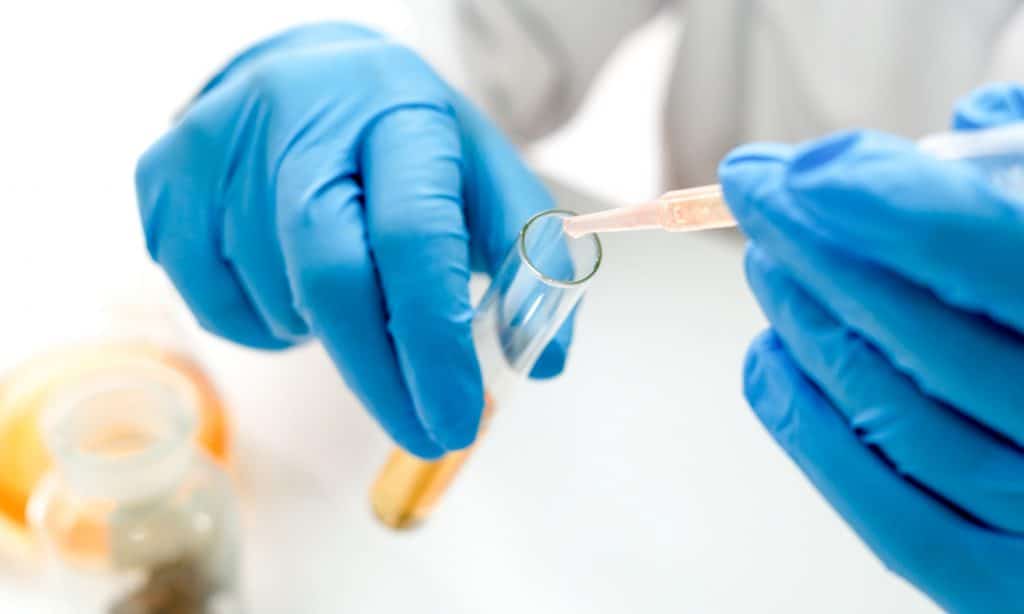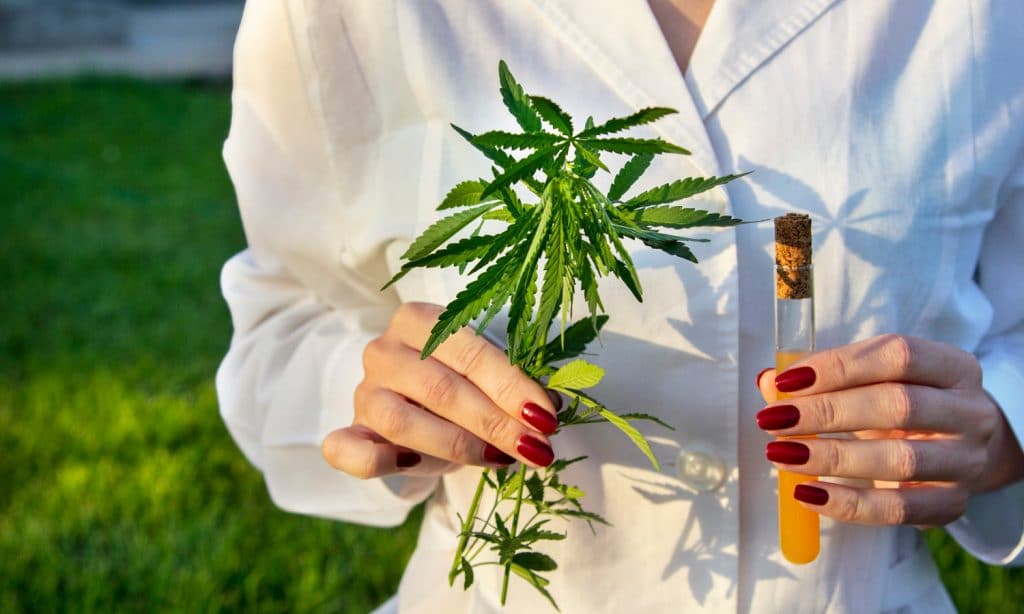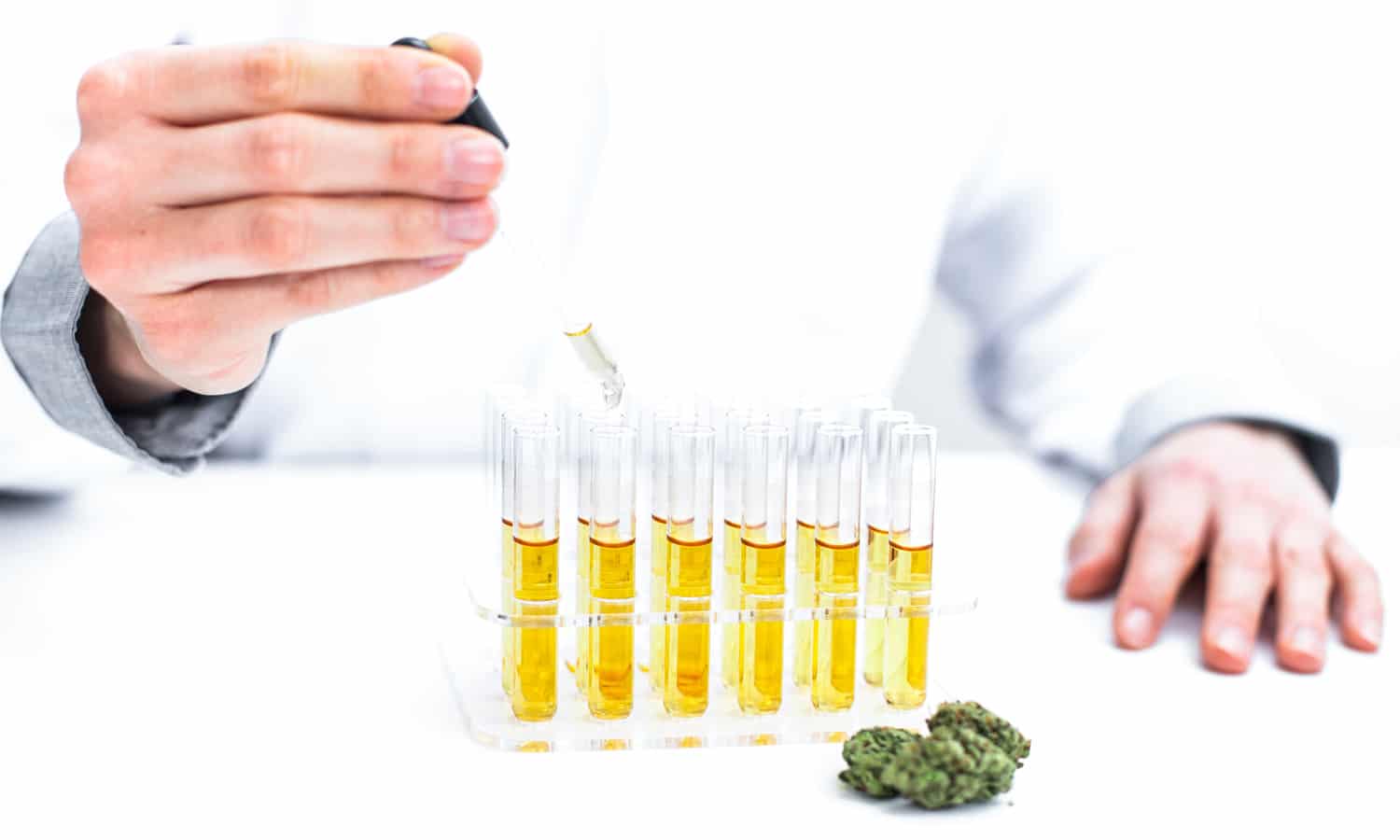Cannabis is already on its way to being seen as a valuable alternative to prescription drugs. And having a standard dose is a critical step for drug approval.
Despite the fact that cannabis is a thriving billion-dollar business today, we still lack standardization when it comes to THC and CBD units.
This lack of standard dosing units makes it difficult for research and testing which can be applied to different units of administration. It’s easier said than done, because bioavailability and the methods of consumption affect how different people take to the cannabinoids.
However, the National Institute on Drug Abuse (NIDA), a federal health agency, just announced that that they’ve come up with a standard THC dose that will be used in all cannabis-related studies. They released the notice stating there is a “new requirement to measure and report results using a standard THC unit in all applicable human subjects’ research,” and these changes are valid immediately.

The standard THC dose is 5mg
NIDA made these announcements following the notorious inconsistencies in reporting THC efficacy, acknowledging that it “has been a major limitation in studies of cannabis use, making it difficult to compare findings among studies.” For this reason, a “standardized measure of THC in cannabis products is necessary to advance research by providing greater comparability across studies of both its adverse effects and potential medical uses.” They do note, that “the same quantity of THC may have different effects based on route of administration, other product constituents, an individual’s genetic make-up and metabolic factors, prior exposure to cannabis, and other factors.”
Having a standard dose will make it simpler to analyze THC-related cannabis studies, which has become a top priority for the NIDA as well as the National Advisory Council on Drug Abuse. “It is not the intent of this Notice to prescribe the quantity of THC that is permissible for use in research projects. Indeed, investigators are free to use more or less than 5mg of THC as appropriate for their study. However, for applicable studies, investigators will be required to report the quantity of THC using the standard unit. Investigators may also report the quantity of THC in other units (e.g., milligrams) as appropriate,” reads the notice.
RELATED: Confused About How Much THC And CBD Is In Your Weed? You’re Not Alone
To come up with the standard unit, NIDA explained: “Extensive stakeholder input, including a Request for Information to the general public and consultation with experts in the field, led to the selection of 5mg as a standard unit.”

Challenges of Standardization
The current landscape of cannabis products, as well as its popularity among a wide range of age groups in treating dozens of conditions, means that cannabis is already on its way to being seen as a valuable alternative to prescription drugs.
However, unlike prescription drugs, until today we still had not come up with a standardized THC dose, which can help pave the way for experts to better recommend a good effective dose. A 2019 study in the journal Addiction discussed the lack of scientific consensus on what entails a standard cannabis dose among different methods of administration and products.
RELATED: Hemp-CBD Legislation: Will Congress Boost Hemp Total THC Limit To 1%?
Having a standard dose is a critical step for drug approval.
Currently, rug research starts in a laboratory as scientists work on various biological or chemical substances. These substances then undergo testing on human or animal tissues on a petri dish; if the first preclinical step proves to be successful, then more tests are conducted to determine the other impact of the drug on the physiological systems and for scientists to identify the right dosage that causes the various effects.

In determining dosage, the pharmacokinetics of a drug should be understood well; this refers to how the drug moves within the body. But if a substance is known to already be effective and safe, the drug manufacturer can apply to a regulatory board in order to do clinical trials. The reason why there are so many phases involved in clinical trials is that researchers seek to gather more information on how safe and effective a drug is as well as pinpoint the correct dose.
Clinical research is required to generate findings that a drug has benefits that outweigh any known risks, and once this is successful, the drugs are approved.
RELATED: House Approves Bill To Enhance Medical Marijuana Research
But cannabis is still federally illegal even though its popularity is so widespread. For this reason, these traditional steps involved in clinical research are not used when it comes to cannabis and it has taken so long to come up with a standard dose for varying conditions. Even if the NIDA has been able to come up with a dose, this does not mean they are correct; anyone in the cannabis industry worth their salt can tell you that the NIDA has long been a foe and not a friend to the industry.

Regardless, having some standard of measure for THC and CBD is going to help in advancing research and better understand many grey areas in how cannabis works in the body. The 2019 study recommends standard units for cannabis should be measured in milligrams as opposed to its concentration, and the authors recommended using 5mg of THC as a standard dose.
While the NIDA and many experts in the field always do start out with 5mg as a standard dose already, the authors said that this is still going to pose some problems when it comes to the bioavailability of the drug when consumed in various methods.
The irony is that we still need lots more research to determine proper standardization because while 5mg of THC is a starting point, we all know that cannabis is not a one-size fits-all solution. There’s no way we can take back how far we’ve come as an industry, and moving forward will require some baby steps in terms of research.
This article originally appeared on Cannabis.net and has been reposted with permission.


